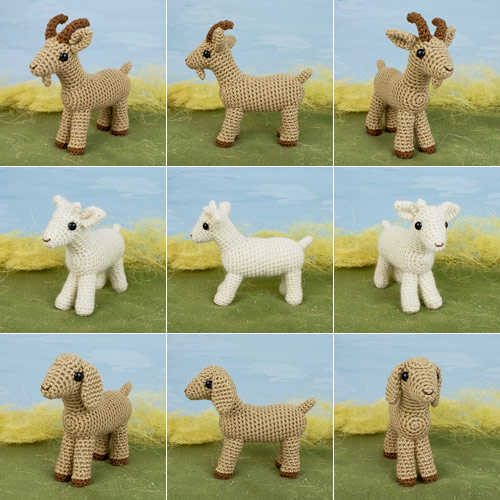
It’s here! My final commissioned pattern, Farmyard Goats, is now available to purchase! Farmyard Goats is a mix-and-match pattern that lets you choose the options you want, to make many different types of goat: Ears – floppy, upright, or none? Horns – long and curved, shorter, tiny nubs, or none? Beard, or no beard? Contrast-coloured […]
















